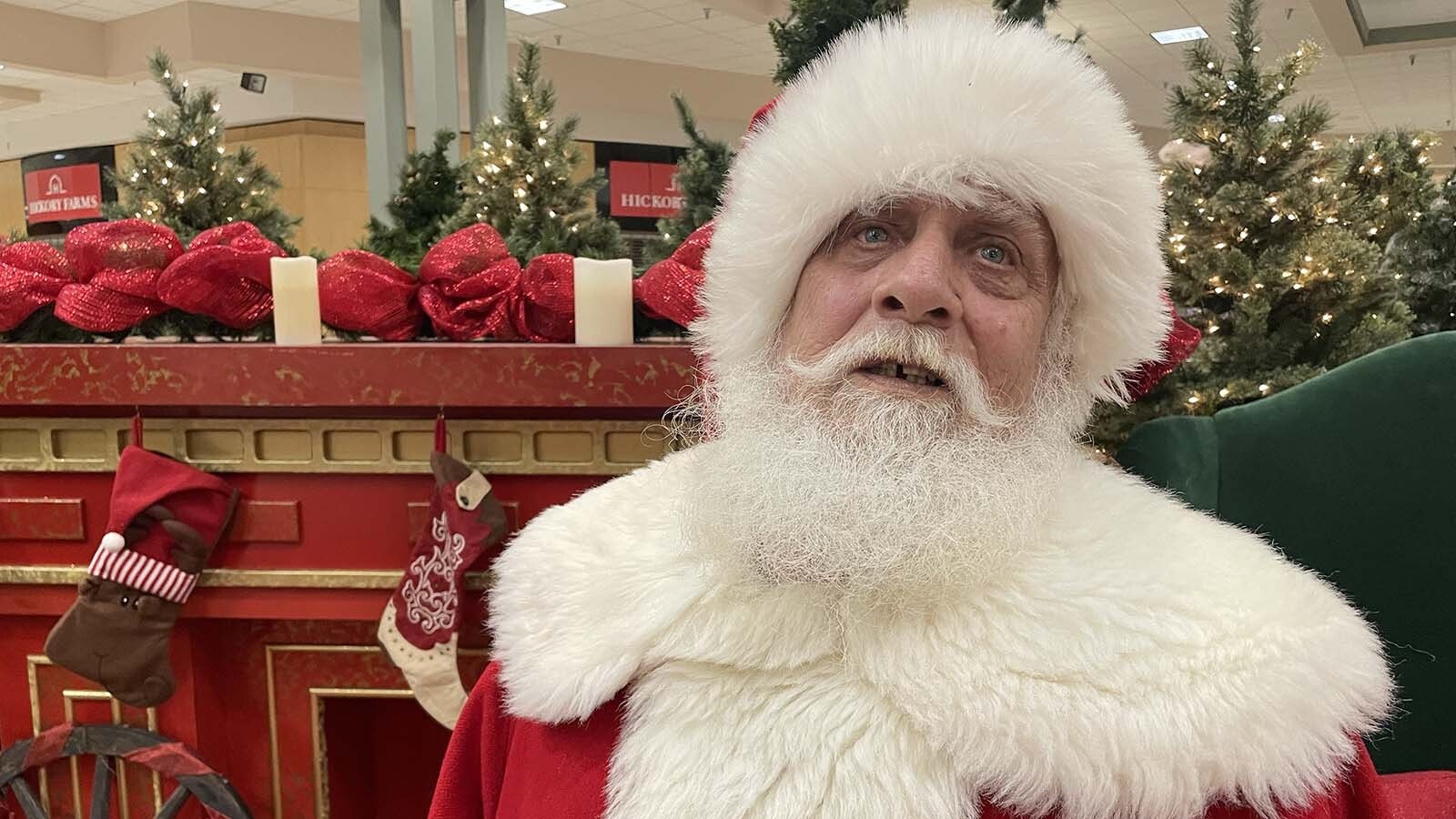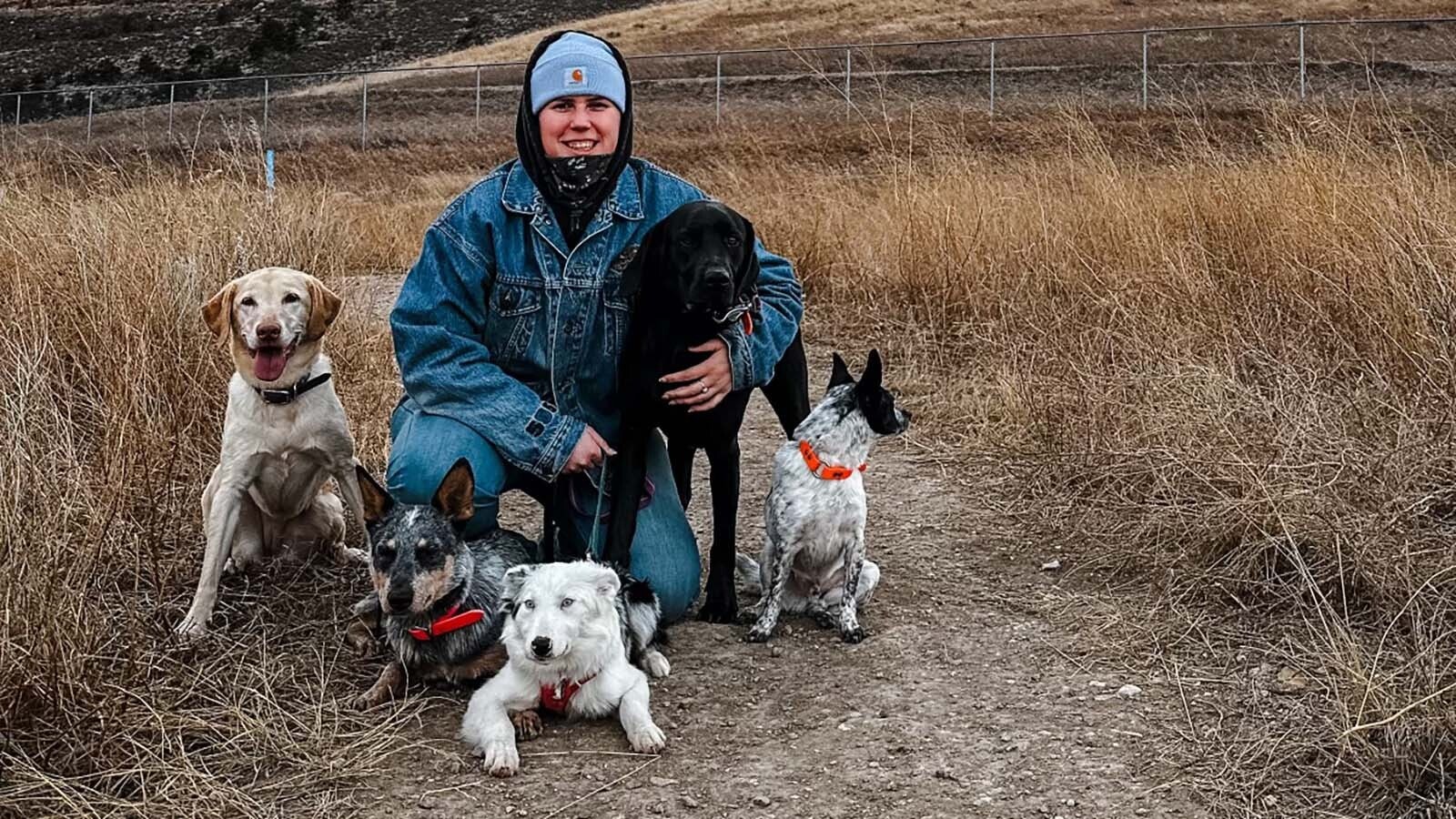Dallas Willis of Laramie County never expected to be in the bull business.
It all started when his young son, Dalton, wanted to start bull riding and a friend gave him a bull to practice on. It was just the beginning as the family’s collection of bulls continued to grow with Dalton as he needed larger bulls to practice on.
Willis had grown his herd to 17 when he got a call from Dave Delancy asking if he knew anyone who could supply the Hell on Wheels Rodeo with bulls. Willis volunteered his own herd and a business was born.
“The good bulls are 100% into the bucking,” Willis said. “They know what's going on and don't fight it. They go in the arena, do their job, and get done with it. Win, lose or draw, they go back home, and they do it again the next time they're there.”
The Celebrities
Willis said that everybody wants to get on certain bulls such as Whiskey, Ugly, or Chance. Two bulls, however, have built their reputation in the rodeo arena and cowboys cringe when they realize they drew either.
Scorpion and Blindside are really good at what they do.
“Scorpion enjoys it,” Willis said. “It's not his favorite thing. He'd rather be left alone but it's good for him.”
Willis describes Scorpion as just out of line. No matter what happens, he really bucks and is hard to hang on to for most of the competitors. The best bull, according to Willis, is Blindside. He is a big red bull who would rather stay home in the field than come to the rodeo.
“He handles good when we get him caught,” Willis said. “He knows what's going on and just falls in with the rest of them and puts up with it.”
A good bucking bull is one that not necessarily enjoys his job or people, but gets things done by bucking people off.
“He might not be the nicest one or the one the guys want to ride, but he's the one that gets them on the ground,” Willis said.
He also emphasizes that the sport is not animal abuse. The bulls are born to buck and built for it. Some of them just love it more than others.
Early Years
Willis himself had started riding bulls in 1984 when he was 14 years old. He fell in love with the sport and devoted himself to it through high school and college.
When adult responsibilities got in the way, he left to earn a living for his family. It was his small son who got him back into rodeo in a much different capacity.
Dalton was 5 years old when he wanted to get into bull riding. Baseball and a broken arm waylaid these dreams for a short spell but Dalton was soon asking to ride again.
“It just made my heart soar like an eagle,” Willis said.
When he found out about young Dalton’s ambitions, a friend gave them Burkhart, a small bull for the boy to practice on. Since the family couldn’t keep him in their backyard, another friend stepped up. Rob Bunten took the bull in and would be Willis’ future partner in the bucking bull business.
As Dalton grew older, he needed bigger and better bulls. So, the family started collecting bulls. Some were free, some they paid for, and others were bred by Bunten and raised on his place.
“We started accumulating these bulls and now have 20 with our partner Rob,” Willis said. “We also have five big cows and about 6 or 7 heifers and calves that we just had last year.”
Training The Bulls
The bulls are not simply taken out of the field and put in a chute. They go through intense training before they are brought to a rodeo as a bucking bull.
“I promise you, there's a lot of handling because if you just got them in the pasture and jammed them in the chute, they'd be wild as hell and probably on their back,” Willis said.
By handling them, especially when they're younger, the bulls are more relaxed. They are also more concentrated on bucking rather than fighting it and getting so tired that they can't buck. To work them, Willis goes out in the pasture with his son.
“We catch them, run them around, keep running them around, chase them around on a four-wheeler, and then buck them,” Willis said. “I think bucking them is the best thing there is for them, honestly.”
Before a rider is allowed on a younger bull, Willis trains the bull with a dummy which is a box that pinches down on them. This teaches the bull to use their legs, how to buck, and the chute procedure that they will go through at a rodeo.
As the rodeo season looms, Willis is just now getting his bulls into the pasture after their winter of leisure.
“We got to start bucking them now,” he said. “They have what you'd call sea legs when it comes to rodeo season.”
Willis will be getting the bulls out for their exercise as the days get warmer and is looking forward to another season of watching his bulls buck.
Not only will he be bringing them to rodeos but he and his wife, Charlene, also work with the youth through their WYO-CO Rodeo organization, getting the next generation of bull riders ready to ride their toughest bulls.
“Bull riding is the ultimate sport,” he said. “It’s man versus beast. It's America's sport.”
Jackie Dorothy can be reached at jackie@cowboystatedaily.com.









